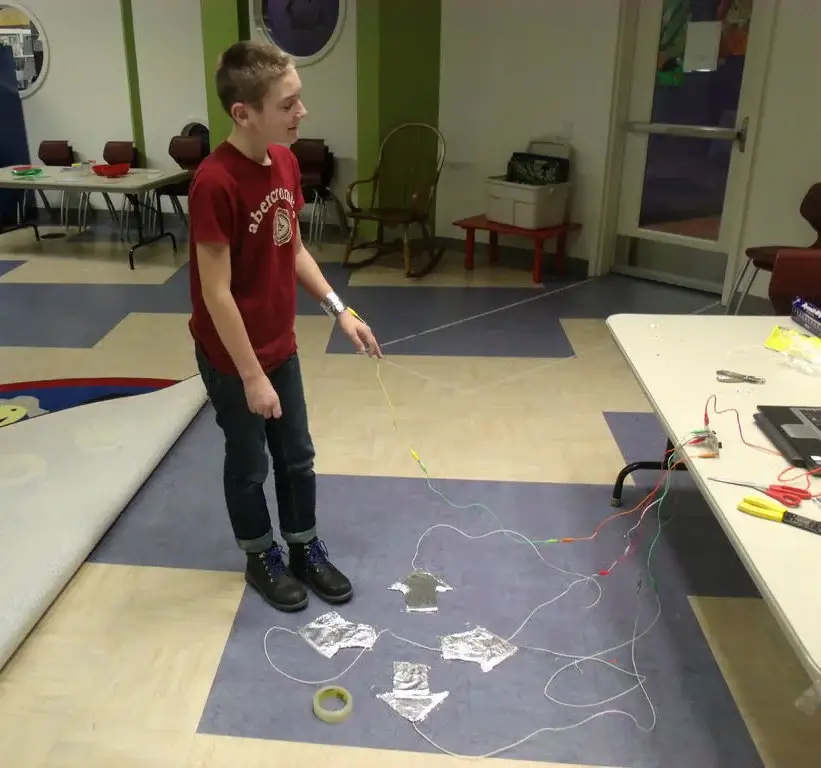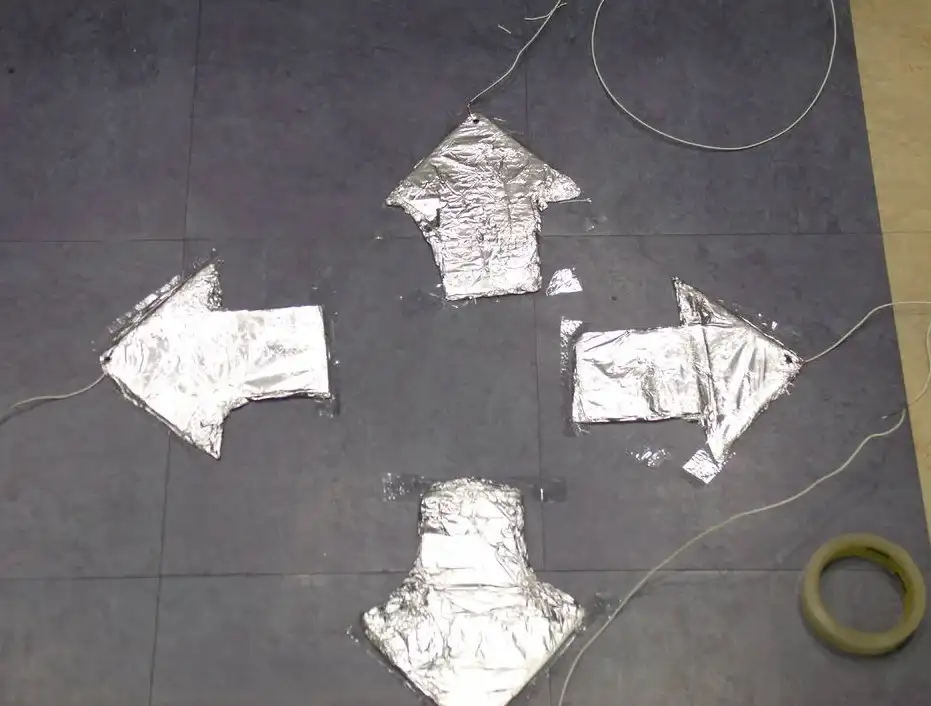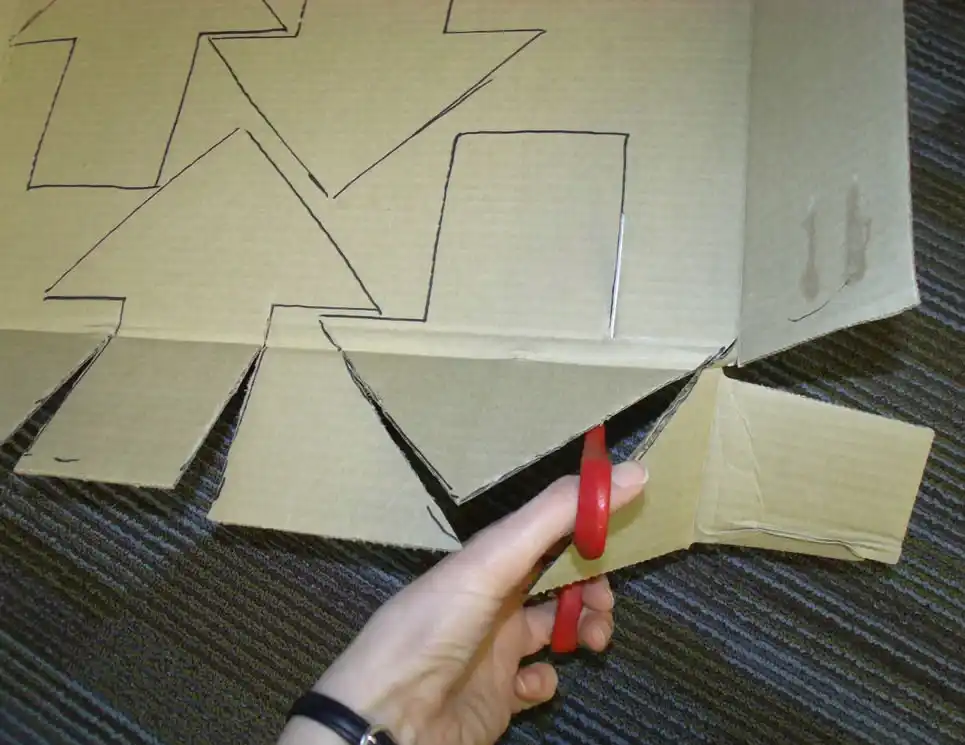Technology can mix fun, creativity, and exercise, and the Makey Makey Dance Floor shows this well. This DIY project uses Makey Makey, conductive items, and Arduino to create a dance floor that makes sounds or actions when stepped on. It is great for kids, parties, and sensory events, making it both enjoyable and creative.

What is the Makey Makey Dance Floor?
The Makey Makey Dance Floor is a floor that makes sounds or actions when you step on it. It uses Makey Makey and Arduino to sense the steps and link them to outputs like music, lights, or other fun things.
Key Features:
- Design that reacts to steps.
- Sounds, lights, and actions can be customized.
- Promotes movement and creativity in a playful manner.
How This Arduino Project Benefit Children with Sensory Issue
- Engages children with sensory issues through interactive touch and movement.
- Encourages kinesthetic learning and improves coordination.
- Provides visual and auditory feedback for children to associate movements with results.
- Helps children focus by creating a dynamic sensory experience.
Materials Needed:
To make this fun dance floor, you will need:
- Makey Makey board.
- Arduino Uno (optional for more custom options).
- Conductive materials (like aluminum foil, conductive tape).
- Big sheets of cardboard or foam board for floor tiles.
- Speaker or buzzer for sound feedback.
- Wires, adhesives, and basic crafting tools.
How Do the Mechanics of the Dance Floor Function?
- Every tile is linked to the Makey Makey using conductive materials.
- Stepping on a tile completes a circuit and sends a signal to the Makey Makey.
- The Makey Makey converts this signal into an action that a computer or Arduino can perform, such as producing sound or activating lights.
This is a great way to engage in creative art while doing physical activities.
Advantages:
- Promotes Exercise: A great way to get children (and adults) active.
- Creative and Customizable: Entirely adjust the design to fit specific themes or occasions.
- Informative: Introduces simple circuitry and coding ideas.
- Sensation Friendly: Ideal for kids that require sensory stimulation to function.
How to Create The Makey Makey Dance Floor Step by Step
- Tile Preparation: Use some cardboard or foam board to cut out a large tile and then cover the surface with a conductive material such as aluminum foil or conductive tape.
- Connect the Tiles: Using wires, connect every tile to the Makey Makey board so that a circuit is created for each step zone.
- Program the Output: Install the Makey Makey software or Arduino and customize what happens when a tile has been activated by playing certain sounds or triggering lights.
- Floor Assembly: Place the tiles in a grid design or any custom design and ensure all wires are securely placed and hidden.
- Testing: Adjust the programming and outputs to meet your desired needs. Allow for extra fun by adding lights or animations.
Troubleshooting/Bugs
- Loose connections: Ensure wires and clips are secure.
- Non-responsive arrows: Check for gaps in the foil or poor grounding.
- Unregistered steps: Verify Makey Makey connections match the input mapping.
Why Build the Makey Makey Dance Floor?
The Makey Makey Dance Floor is a fun project that merges exercise, imagination and activities together with a healthy dose of modern tech. You will find this dance floor very engaging no matter if you are within the comfort of your home, at a party, actively using it in a classroom setting or even for some sensory friendly fun. In addition, it is an engaging and seamless way to teach the fundamentals of circuits and programming to students.


